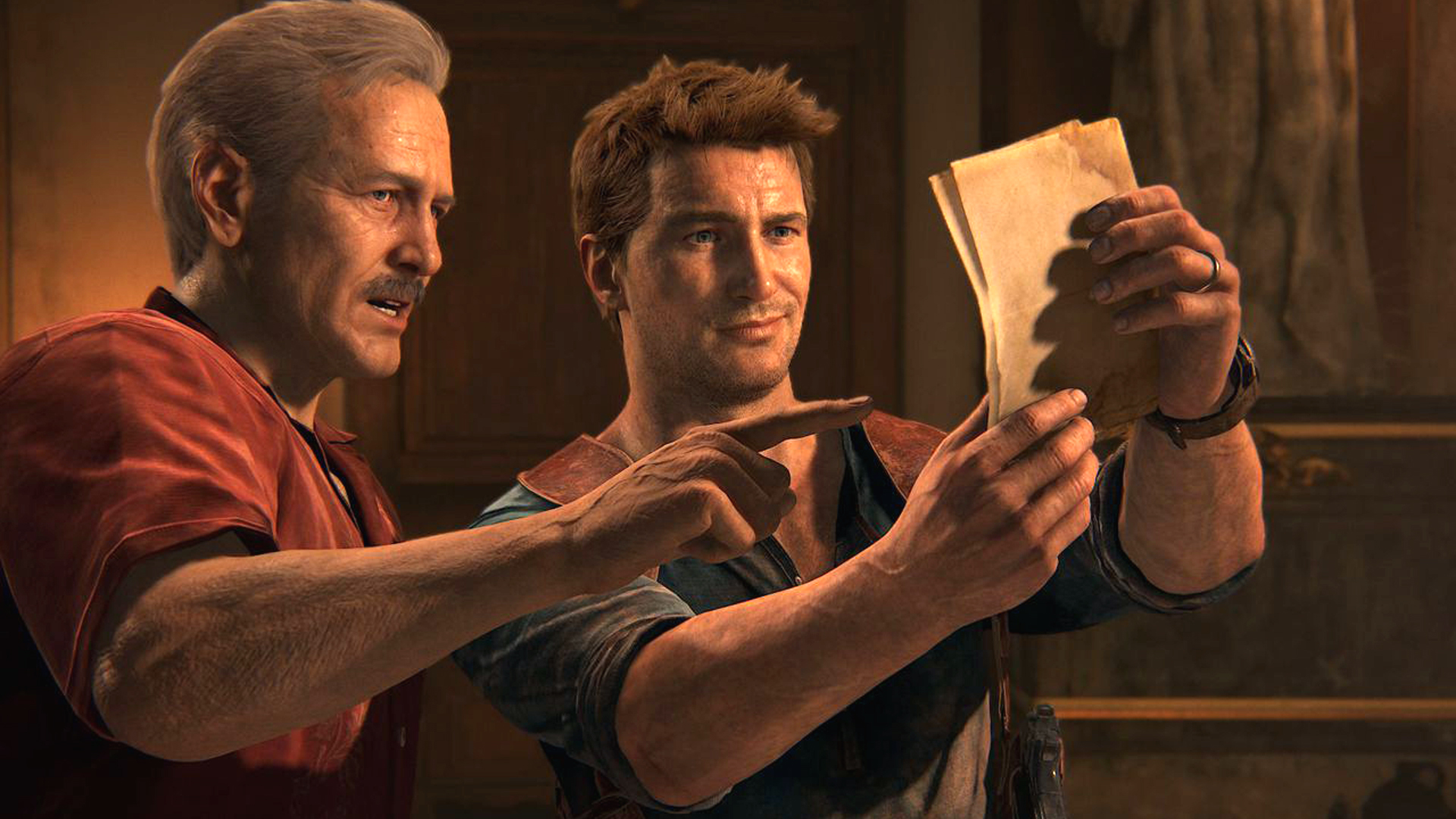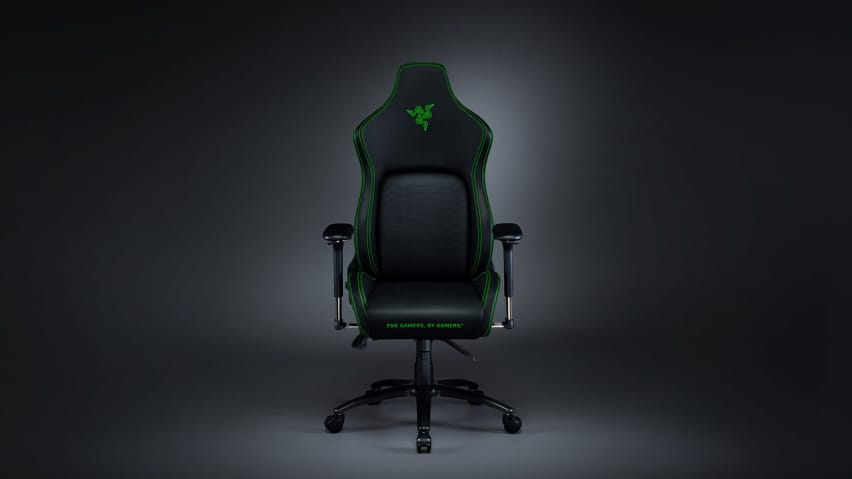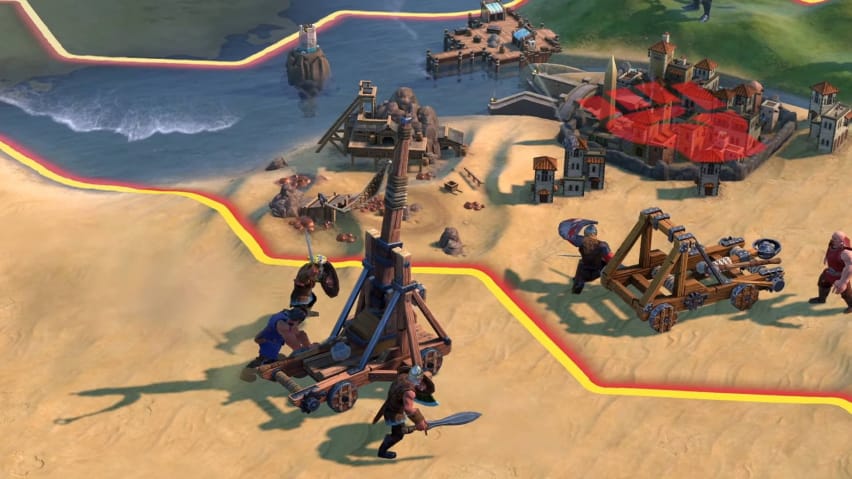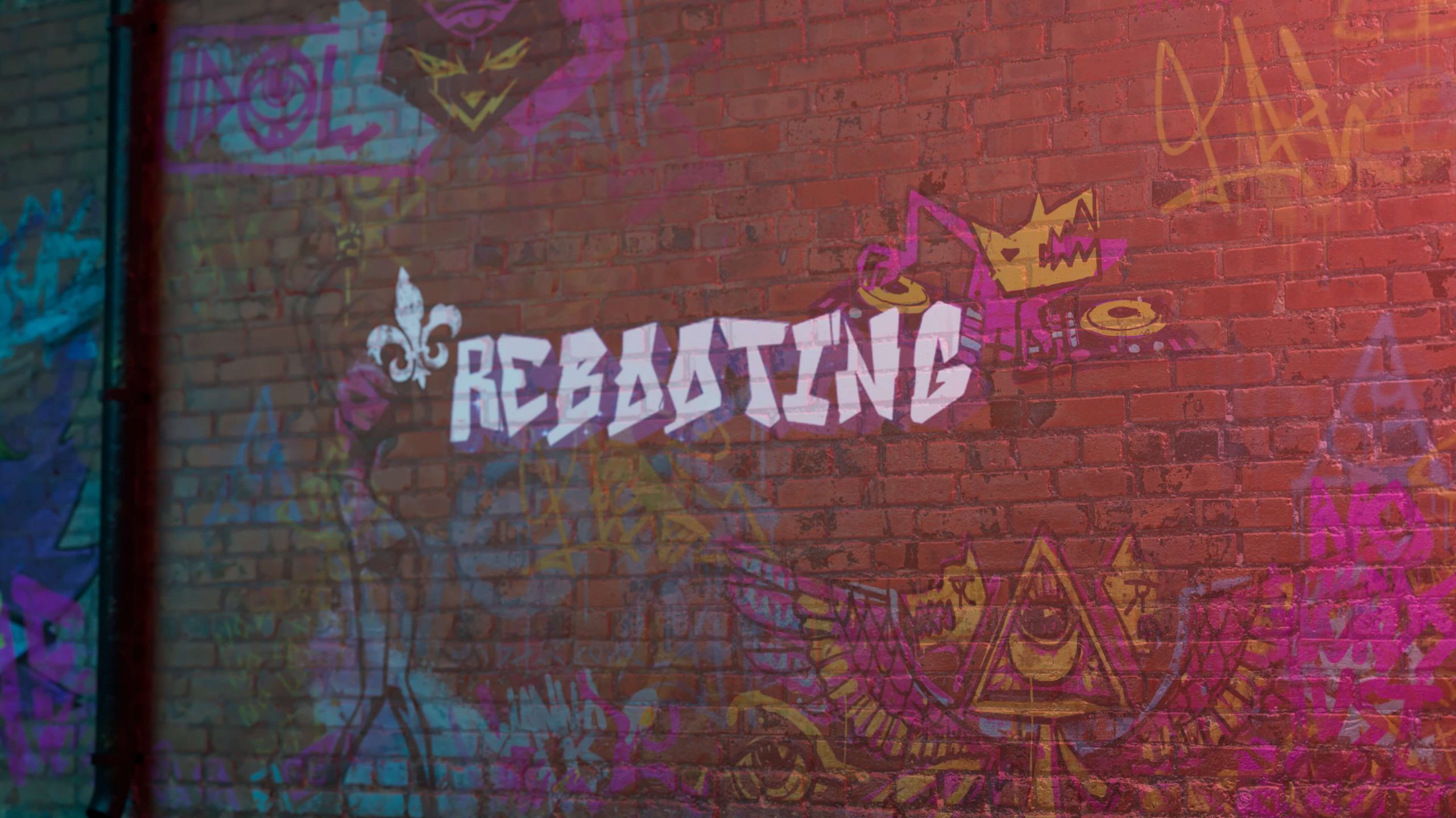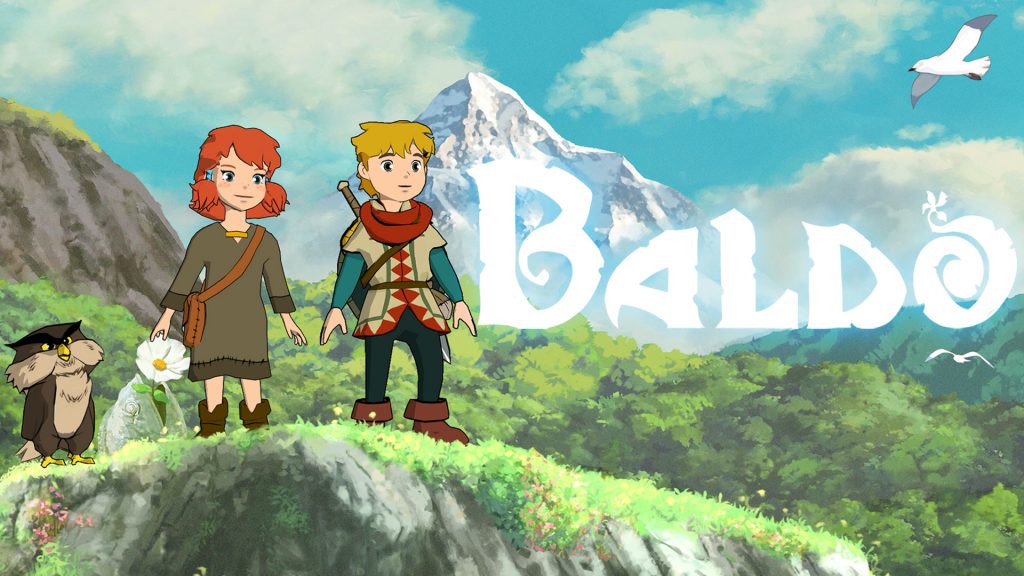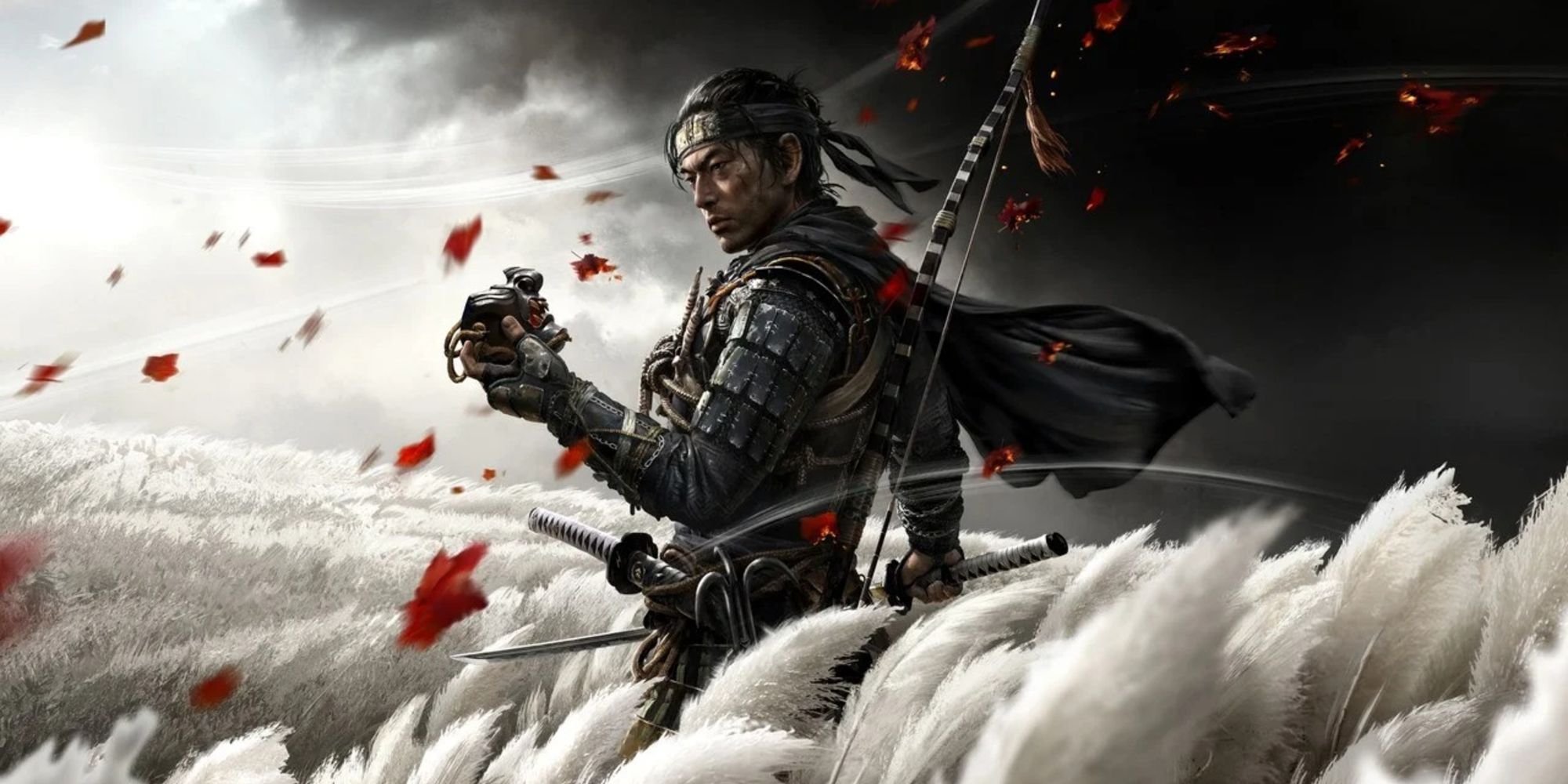
Sucker Punch recently revealed that Ghost of Tsushima is getting a director’s cut – whatever that means in video games – which will include a new narrative expansion, some PS5 bells and whistles, and Japanese lip sync. Yeah, I was surprised it didn’t already have that last feature too. The thing is, games launch with missing features all the time. Game development is a hard and arduous process – our EiC broke down in tears when he tried to make a door – and minor updates a few weeks after launch to patch in quick fixes are fairly common. It has been a whole year since Ghost of Tsushima came out though, and the Japanese lip sync isn’t being patched into the game – it’s being paywalled behind the Director’s Cut edition. When you consider the game’s themes, inspirations, and appropriations, it’s another example of Tsushima’s failings.
Ghost of Tsushima has become an unnecessarily polarising game, dragged into a culture war seemingly entirely off the back of the fact it released around the same time as The Last of Us Part 2. TLOU2 has some controversial themes, queer characters, and – the horror! – makes you play as a woman, and everything seems to have snowballed from there. Gaming journalists loved TLOU2, but gaming journalists suck. Then gaming journalists hated Ghost of Tsushima, which must mean it’s the best game ever. TLOU2 has a 93 on Metacritic, while GoT has an 83 – that’s a lower number, but both point to ‘universal praise’. For the record, I think both are okay. I’m not sure how Ghost of Tsushima – a decent, pretty, unadventurous open world game – became positioned against The Last of Us Part 2 in this weird culture war, but the fact it was has since dragged down most meaningful discussions around the game.
Related: I Still Want A Game The Delivers What Ghost Of Tsushima Promised
Ghost of Tsushima is a game celebrating Japanese culture made by a Western studio. However you slice it, that’s not a great look. You can celebrate culture while not being part of it, of course, but having no lipsync for the language the characters would canonically speak – then charging people a year later for the privilege of seeing it – does not feel like celebration. There are numerous other issues too – issues frequently dismissed and tied nonsensically to praise for The Last of Us, even though many people calling Tsushima out also criticised TLOU2 for its continued graphic brutality against Black characters, voyeuristic view of transness and trauma when it came to Lev, and the gamified violence that undermined its themes. Neither game is perfect – now I’m going to shut up about The Last of Us and I hope everyone else can too.

Even before you get into everything that is factually incorrect in Ghost of Tsushima, writing a story about Japanese warriors and having them say the word ‘honour’ roughly once every seventh word is a little on the nose. So is calling your black and white mode ‘Kurosawa mode’ – a clear indication that the game is inspired by movies about Japan rather than Japan itself. It also doesn’t make much sense. Kurosawa is not the only director – not even the only Japanese director – to use black and white, and his later films are bursting with colour, far more than your average movie shot in colour might be. Go watch Ran or Kagemusha and explain why Kurosawa’s work deserves to be confined to his black and white filmography alone.
These are opinions, you might argue. Let’s get to some facts then. Jin and the other characters in the game all use katanas, even those these were not invented until roughly 100 years after the Mongol invasion the game depicts. He should be using a longer – but less cinematically iconic – tachi. He also sits in the seiza position frequently; this is a traditional Japanese sitting pose, but the tradition does not date as far back as the Mongol invasion. That means either Jin invented it, or the game is once again inaccurate. Tsushima also uses the art of the haiku as a collectible. As you might have guessed by now, this too is historically inaccurate – the haiku emerged in the 17th Century, and was not known by the name haiku until the 19th Century. Ghost of Tsushima is set in the 13th Century.
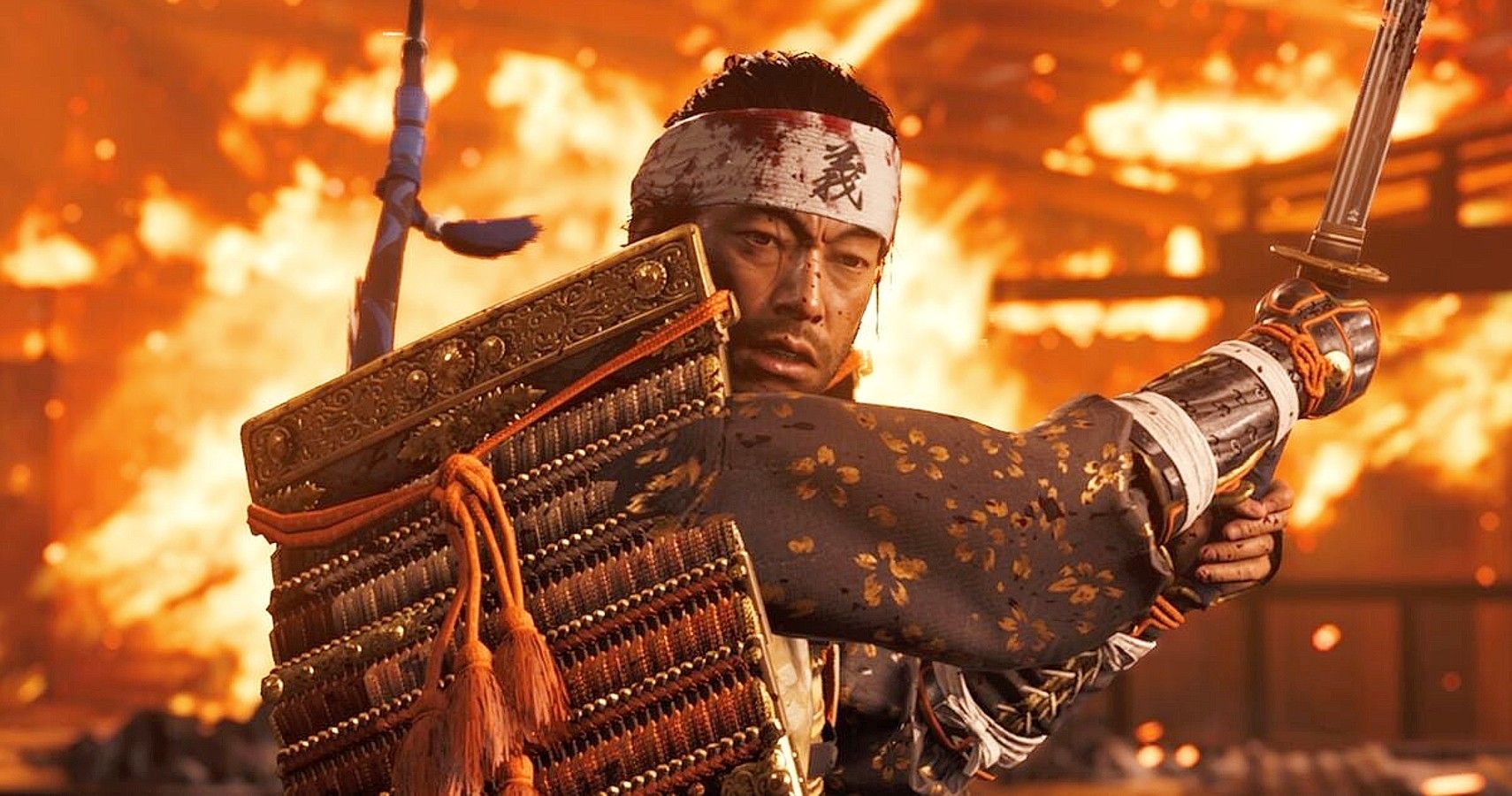
Of course, not everything is black and white, or should I say, Kurosawa. I know Famitsu gave it 40/40 and GOTY, I know some Japanese people liked it, and I know players raised money when the real-life Tsushima was in need. I don’t think the developers made this game while stroking their Devil beards, dancing around with pitchforks, and watching Mickey Rooney – but it’s a celebration of the Japanese culture that exists in movies and television shows and the notebooks of teenagers who dream of growing up and being a samurai. It’s not a celebration of /real/ Japanese culture. I’m hardly an expert on what constitutes true Japanese culture, but I do know – or can research – simple historical anachronisms. I don’t even need to look up that when Japanese people speak Japanese, their lips move in time to the words. That’s just a fact I have stored in the ol’ brainbox, no research necessary.
Regardless of where you stand on Ghost of Tsushima, and regardless of where it sits in your own little culture war, making a game that is ostensibly about celebrating and uplifting Japanese culture and then charging people extra a year later to make the Japanese characters’ lips move in Japanese is insulting. It will probably get lost in the hype for the Director’s Cut, with those willing to call Tsushima out exhausted by the plethora of faults, and those still with the game in it for the long haul and willing to defend it at all costs. It’s not the biggest misstep in Sucker Punch’s appropriation of Japanese culture, but it might just be the most grim.
Next: Starfield Needs To Avoid Mass Effect’s Biggest Problem
